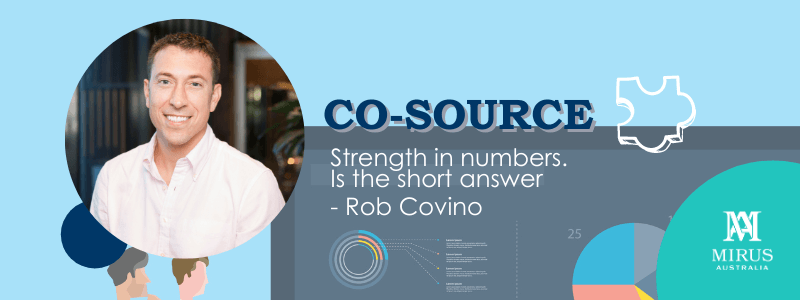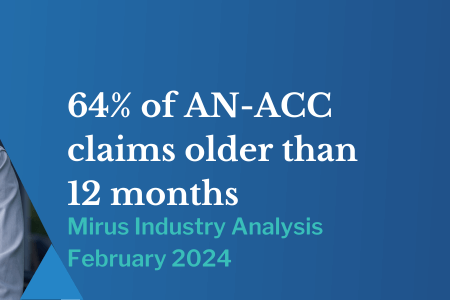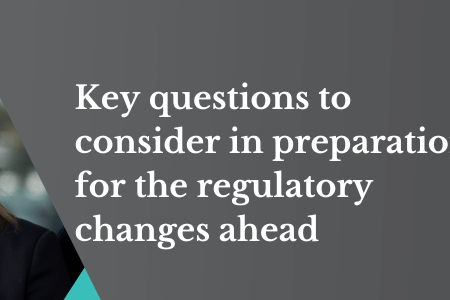Co-source: Best practice documentation – why and how?
September 29, 2020 | Aged Care Management

Good record keeping is an integral component of a professional practice and the delivery of quality care.
Regardless of the form of the records (digital or paper), good record keeping should enable the continuity of care and enhance communication amongst all care professionals.
Documentation records are also valuable documents to audit the quality of care services offered and can also be used for future audits.
Where to start and how to maintain, you may ask?
Accuracy and legibility
Documentation records should be clear, accurate and timely. Good documentation promotes continuity of care through clear communication. Conversely, poor records can have negative impacts on clinical decision-making and the delivery of care.
A checklist for good documentation practices includes:
- Date, time, and sign every entry.
- Write your name and role as a heading and the names and roles of all others present at the encounter.
- Make entries immediately or as soon as possible after care is given.
- Prompt documentation reduces the risk of you forgetting key details.
- It ensures all other team members are aware of any changes.
- Be thorough, accurate, and objective.
- Only use approved abbreviations. Poor abbreviations are a sure way to miscommunicate in times of emergency.
- Make sure your handwriting is legible and language is direct and straightforward.
The SOAP method
SOAP stands for Subjective, Objective, Assessment, and Plan.
- Subjective: This section describes the client’s current condition.
- Objective: Here, you should document objective, repeatable and measurable facts about the client’s status. If relevant, also include laboratory results, fluid balance, and other measurements.
- Assessment: Summarise the salient points. This is extremely useful, especially for team members whose communication is limited to documentation and care notes.
- Plan: Document a clear plan. What can be inferred here onwards?
Confidentiality
According to the Department of Health, only authorised persons have access to information about the client. The Mental Health Standards or MHS complies with relevant legislation and regulations protecting consumer confidentiality and ensures that documentation processes are such that confidentiality is protected as per Standard 10.
Not sure where to start? Mirus Australia can help you with best practice documentation. Did you know that we can assist you with more than just documentation via co-sourcing?
Co-sourcing is an approach through which an organisation seeks to mitigate its risks and generate new value that can be converted to sustainable competitive advantages.
Other articles in the Co-source Series:
- Co-source: What is it and is this answer to future readiness?
- Co-source: A hybrid model for revenue management.
Co-sourcing is here for the future. Are you ready for the future? Want to find out how we could help you with co-sourcing?
Please connect with Robert Covino, co-founder at Mirus Australia on LinkedIn. Robert helps Aged Care providers with his fresh point of view on how they approach their challenges. Please speak with Robert to hear about how Mirus’ tools and methodologies could apply to you.
Strength in numbers. Is the short answer. Please get in touch with us to find out more.


